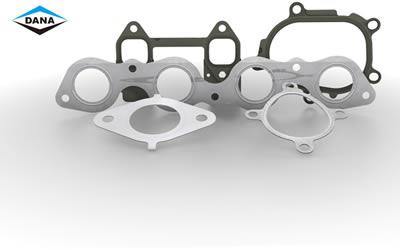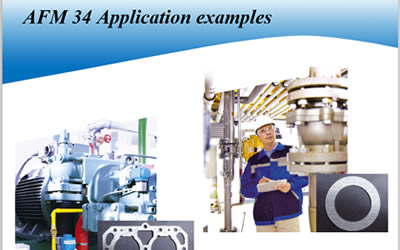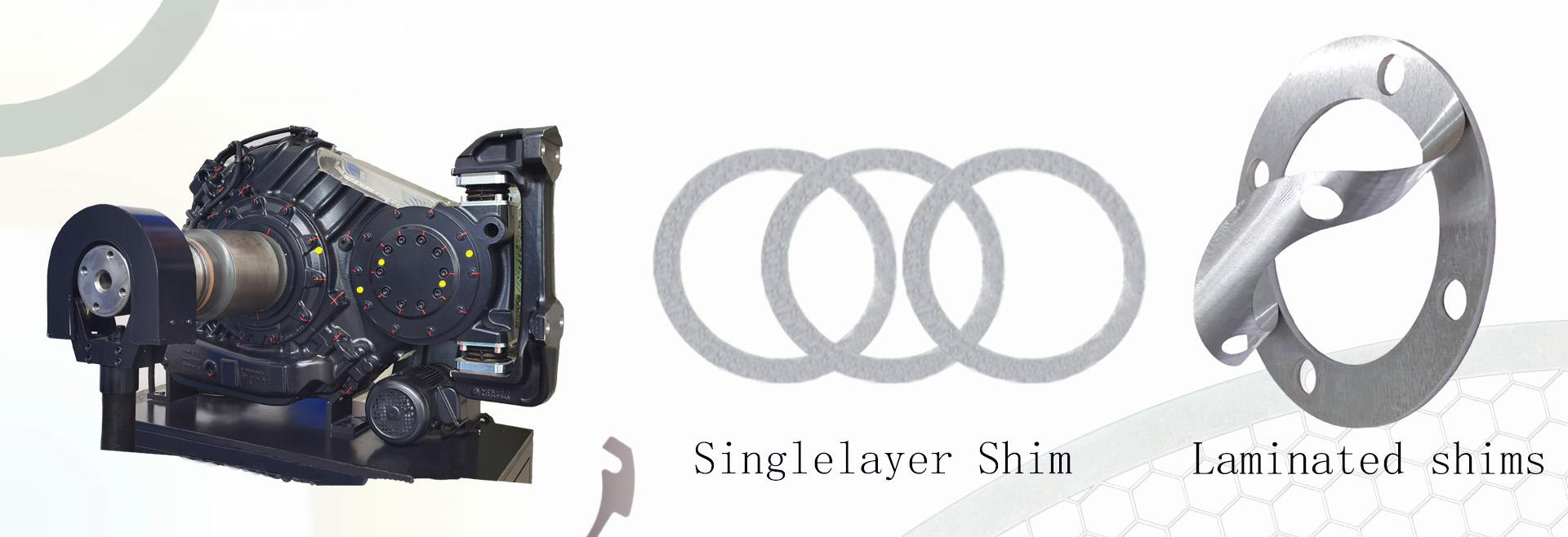1. Material selection
Asbestos free gasket substrate:
It is usually made by mixing reinforcing materials such as aramid fiber, carbon fiber, glass fiber, etc. with rubber or polymer adhesives.
Has good sealing, flexibility, and chemical corrosion resistance.
Metallic materials:
Commonly used metals include stainless steel (such as 304, 316), copper, aluminum, titanium, etc.
The metal layer can be one or more layers, depending on the requirements of the operating conditions.
2. Composite process
Adhesive composite:
Use high-temperature adhesive to bond the metal layer to the asbestos free gasket.
Ensure even adhesion and avoid bubbles or delamination.
Hot pressing composite:
Press the metal layer onto the asbestos free gasket under high temperature and pressure.
This method can improve the bonding strength of composite materials.
Mechanical Composite:
Combine the metal layer with the gasket through riveting, sewing, or stamping.
Suitable for occasions that require higher mechanical strength.
3. Performance advantages
High temperature resistance:
The addition of a metal layer significantly improves the high-temperature resistance of the gasket, making it suitable for high-temperature conditions
such as engines and boilers.
Tensile strength:
The metal layer enhances the tensile and tear resistance of the gasket, making it suitable for high-pressure environments.
Sealing performance:
The asbestos free gasket substrate provides good sealing performance, while the metal layer enhances overall durability.
Corrosion resistance:
Choosing corrosion-resistant metal materials (such as stainless steel) can further improve the corrosion resistance of the gasket.
4. Application Fields
Petrochemical industry:
Used for sealing pipelines, valves, and reactors under high temperature and pressure.
Automotive industry:
Used for sealing high-temperature components such as engine cylinder heads and exhaust systems.
Power industry:
Used for sealing equipment such as boilers and steam turbines.
Aerospace:
Seals used in extreme environments, such as engines and fuel systems.
5. Design considerations
Thickness matching:
The thickness of the metal layer and asbestos free gasket should be optimized according to specific working conditions.
Edge processing:
The edges of composite gaskets should be chamfered or wrapped to prevent delamination or wear.
Surface treatment:
The metal layer can undergo surface treatment (such as galvanizing, nickel plating) to improve corrosion resistance.
6. Testing and Verification
High temperature test:
Test the sealing performance and durability of the gasket under simulated high temperature environment.
Stress testing:
Test the compressive and tensile properties of the gasket under high pressure conditions.
Chemical compatibility testing:
Test the corrosion resistance of the gasket in a specific chemical medium.
7. Market Trends
Customized requirements:
With the diversification of industrial equipment, the demand for customized composite gaskets is gradually increasing.
Environmentally friendly materials:
The asbestos free gasket itself has environmental advantages, and when combined with metal materials, it still meets environmental regulations.
Intelligent manufacturing:
Adopting automated production lines and intelligent detection technology to improve the production efficiency and quality consistency of composite gaskets.
Example: Composite gasket specifications
The following is an example specification of a composite gasket:
Base material: asbestos free gasket (aramid fiber+nitrile rubber)
Metal layer: 304 stainless steel, thickness 0.2mm
Total thickness: 1.5mm
Working temperature:- 50 ° C to 300 ° C
Work pressure: ≤ 20MPa
Application: Sealing of Petrochemical Pipeline






